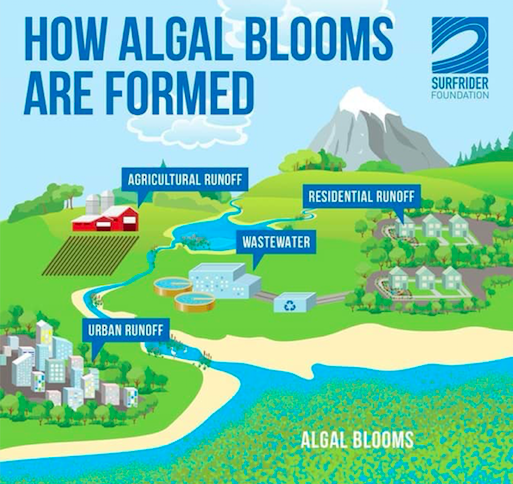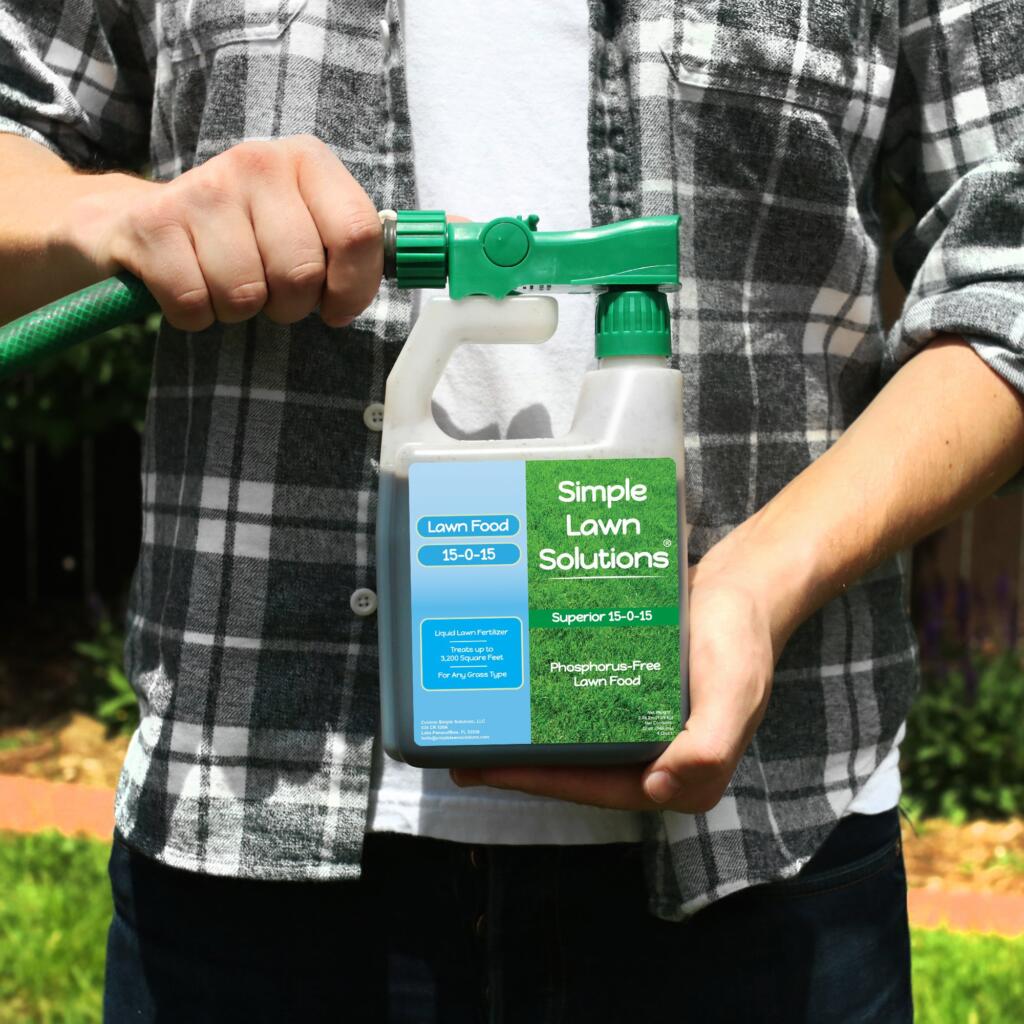
Have you ever come across a lake topped with a layer of bright green film? If so, you’ve witnessed a body of water filled with algae blooms. While there’s nothing wrong with the blooms themselves, they can become insidious when they get out of control. These are known as Harmful Algae Blooms (HAB). As a lake homeowner, it’s essential to know about this phenomenon. Today, we’re covering the basis of algae blooms.
What Causes Algae Blooms?

HABs happen when freshwater or saltwater colonies of algae grow out of control. The excess of these blooms produces toxins that can be harmful to marine life and humans. But what exactly causes these algae blooms to grow at alarming exponential rates? Bryan McKenzie, co-founder of Bumper Crop Times with experience constructing artificial ponds, says that it’s usually caused by five conditions: nutrients, temperature, light, turbidity, and stable water conditions.
In lake water, phosphorus and nitrogen are the primary nutrients that algae consume. Bryan elaborates, “These nutrients can get into the water if the surrounding lawns, agricultural areas, riverbanks, or river beds erode. In addition, natural lakes and artificial ponds or reservoirs can bloom with algae if there is phosphate on sediments.” This produces an over-feeding effect, where the existing algae get too many nutrients and continue growing. Other conditions that facilitate this growth are temperatures above 77 degrees, more light, low turbidity of the water, and stable water with low flows. Unfortunately, climate change has fostered more conditions for harmful algae bloom growth as well.
What’s Harmful About Algae Blooms?
Since algae blooms are simply a type of aquatic plant, it may be baffling to understand why they’re harmful. But not all algae blooms are harmful. While small amounts of algae are benign, they are only toxic when they grow in large quantities. Bryan describes, “Algae blocks the light from penetrating the water surface and depletes oxygen concentration, which is crucial for fish and plants.” In a lake filled with excess algae blooms, the layer of green algae creates a barrier between the sun and the fish and plants that need sunlight. As the algae take nutrients for themselves, they continue to grow while the rest of the ecosystem suffers.
Additionally, the algae’s death is harmful to the lake. “When algae die, the decomposing microbes consume the rest of the oxygen,” Bryan explains. “This kills fish and plants and completely devastates the pond. That’s a disaster for any water body.” In short, this green scum at the top of the lake is detrimental to freshwater and saltwater environments alike.
How Can I Prevent Algae Blooms at the Lake?

While many conditions that cause excess algae blooms are outside human control, there are certain precautions that lake homeowners can take to avoid an abundance of algae. First, you can use only phosphorus-free fertilizers and detergents on your land to prevent runoff that will feed algae. You can also devote energy to landscaping. For example, remove grass clippings from the lawn, always pick up pet waste from your property, and try xeriscaping strategies to improve water filtration in the ground. When it comes to the water’s edge, don’t build concrete banks, but rather, allow natural vegetation to grow near the lake’s edges. Finally, Bryan advises homeowners to “hire a professional to monitor water quality and cure it proactively if something goes wrong.”
At Lake Homes, we care deeply about the well-being of our lakes. We hope this information helps you understand the dangers of algae blooms and maintain an environment that doesn’t foster their growth.

